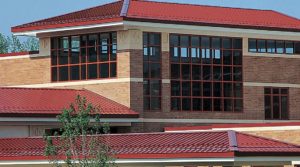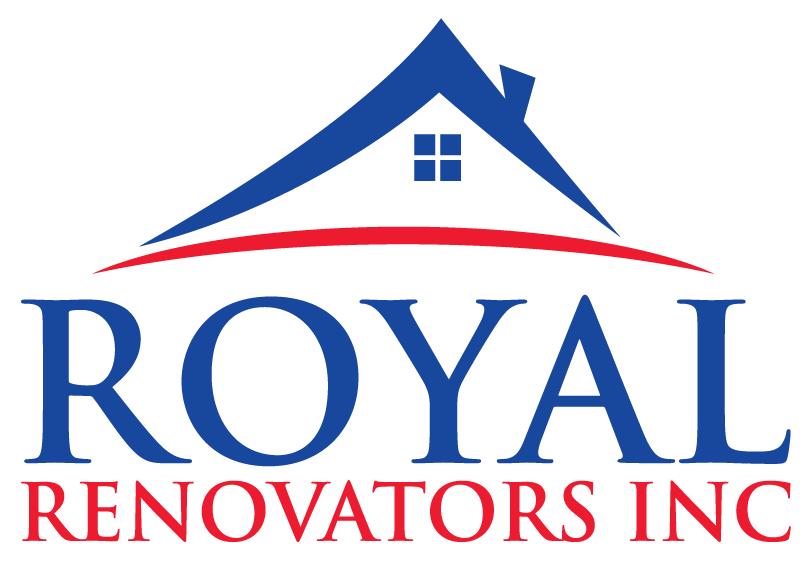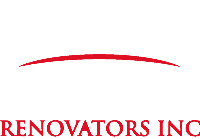Investing In Roofing Installation And Repairs

Perhaps, the core purpose of a roof is to offer protection from the elements, albeit, it also offers safety, security, privacy, insulation, and a whole lot more. Be it roofing repair or installations, there are a wide variety of materials needed to execute this, and they come in diverse shapes depending on the requirements they have to satisfy.
Homeowners who view investing in the roofing system as a one-time expense, and make specification decisions based solely on first costs, run the risk of incurring higher roof maintenance and repair expenditures. The bottom line is that selecting the wrong system is likely to cost significantly more than if the right system had initially been selected.
To make the best investment on your roofing system, you need to understand why it is a savvy thing to do, the types of roofing available (with their benefits and downsides), and roofing materials involved. Let us guide you into the roofing world.
Why Is Investing In Roofing Important?
Your roof is your property’s main defense against the elements, and a very important part of its overall value. As such, keeping your roofs and guttering in good condition is very expedient. Failure to invest prudently on roof installation and repairs will cause damp conditions that will quickly bring about decay and expensive structural damage; it’s always better to be safe than sorry.
In order to block out water and moisture infiltration that can quickly lead to costly repairs if left unchecked, it is necessary to have a roofing contractor always on a dial. You don’t just have your contractor when you notice a leak in the ceiling or some missing tiles, but they can also be hired to provide many other services.
Your roofing contractor not only handles your roof installation and repair services but assesses your roofing materials and determines if they can make it through another rough climate. They inspect flashing and other points of entry where water damage can occur and where warm air can escape. Your roof can also be a good indicator of how well your home is doing with energy loss.
By installing a high-performance roofing system and conducting routine preventive maintenance throughout the life of the roof, you are way ahead of making the best roofing investment. The initial cost of a quality roofing system may indeed be higher, but the lower life-cycle costs of the system will more than offset the initial investment.
Types Of Roofing And Materials
- Flat Roofs
Flat roofs are not truly flat. However, the roofs have close to zero pitch or so low pitch that allows the water to run off. This roofing is so common in commercial and residential buildings. Because of the inefficiency of several types of roofing materials used, different types of roofing materials have been developed to deal with this problem. The flat roof must be waterproof. Materials that are continuous with no seams are, therefore, the best. In the last couple of decades, many new types of flat roof systems have been developed, including plastic, PVC, TPO, rubber, and metal sheets. The tar and gravel are used for a limited degree, because of other new cheaper and more effective materials.
The upside of the flat roofs is that they are quite easy to construct than pitched roofs and require fewer building materials, ultimately keeping costs down (albeit, the cost for maintenance, repair and replacement will be high in the long run). Also, its design permits the installation of PV solar panels allowing for more energy-efficient and energy independent homes. In commercial designs, the heating and cooling units are mostly placed on the roofs, keeping them out of sight. A garden, patio, or partially enclose for a penthouse room can be constructed on it.
However, the downside is that the low pitch will make the roof more prone to water leakage. There’s absolutely proper need to construct an irrigation system to avoid any possible flooding. The flat roofing is not a great choice for climates with high rainfall or high snowfall.
- The Hip Roof
A hip roof has no gables or other vertical sides that extend to the roof; instead, it has slopes on all four sides. This roof has the shape of a pyramid, with two triangles and two trapezoids. The sides have equal length. The hip roofs like the gable roofs are classified under a pitched roof. They are made with almost any type of roofing material, such as wood shingles and shakes, metal, slate or tiles and other more exotic materials. One remarkable thing with the hipped roof is the difficulty in matching materials between the sides and ends. However, they are an absolute delight in high wind areas, especially the steeper the pitch.
The upside of this type of roof is that they perform so exceptionally well in both high wind and snowy climates — the slope permits for easy slide-off of snows with no standing water. The four-sided slopes make it more sturdy and durable. However, careful installation and maintenance are needful to avoid escalating any trivial problems that may arise.
The downside lies heavily on its cost. Installing and repairs of Hipped roofs cost close to a fortune. Also, the complexity of the designs; constructing a dormer and extra seams will permit water leakage, especially if the roof is not installed properly.
- The Gabble
Gabble is a known class of pitched roof. The gabble has a triangular shape. The design of the gabble is simple; with one side up and the other side. The gabble shape involves only two flat surfaces without any hips or valleys, making it feasible for any roofing material to be applied.
The upside of this roof is that it can shed off water and snow with no hassle. It also offers more space for the attic or vaulted ceilings and makes room for proper ventilation. The nature of the design makes it less complex and easy to install and repair.
On the other hand, this roof is open to the dangers of high wind. If it is not installed properly, the roof may collapse.
Other types of roofing include the Jerkinhead, Butterfly, Mansard, Saltbox, et cetera.
You can contact us at- Royal Renovators Inc. 118-35 Queens Blvd Forest Hills, NY 11375 (718) 414-6067 https://www.nycrenovators.com/
Our Post Lists
Copyright Ⓒ 2022 Royal Renovators Inc. All Rights Reserved

